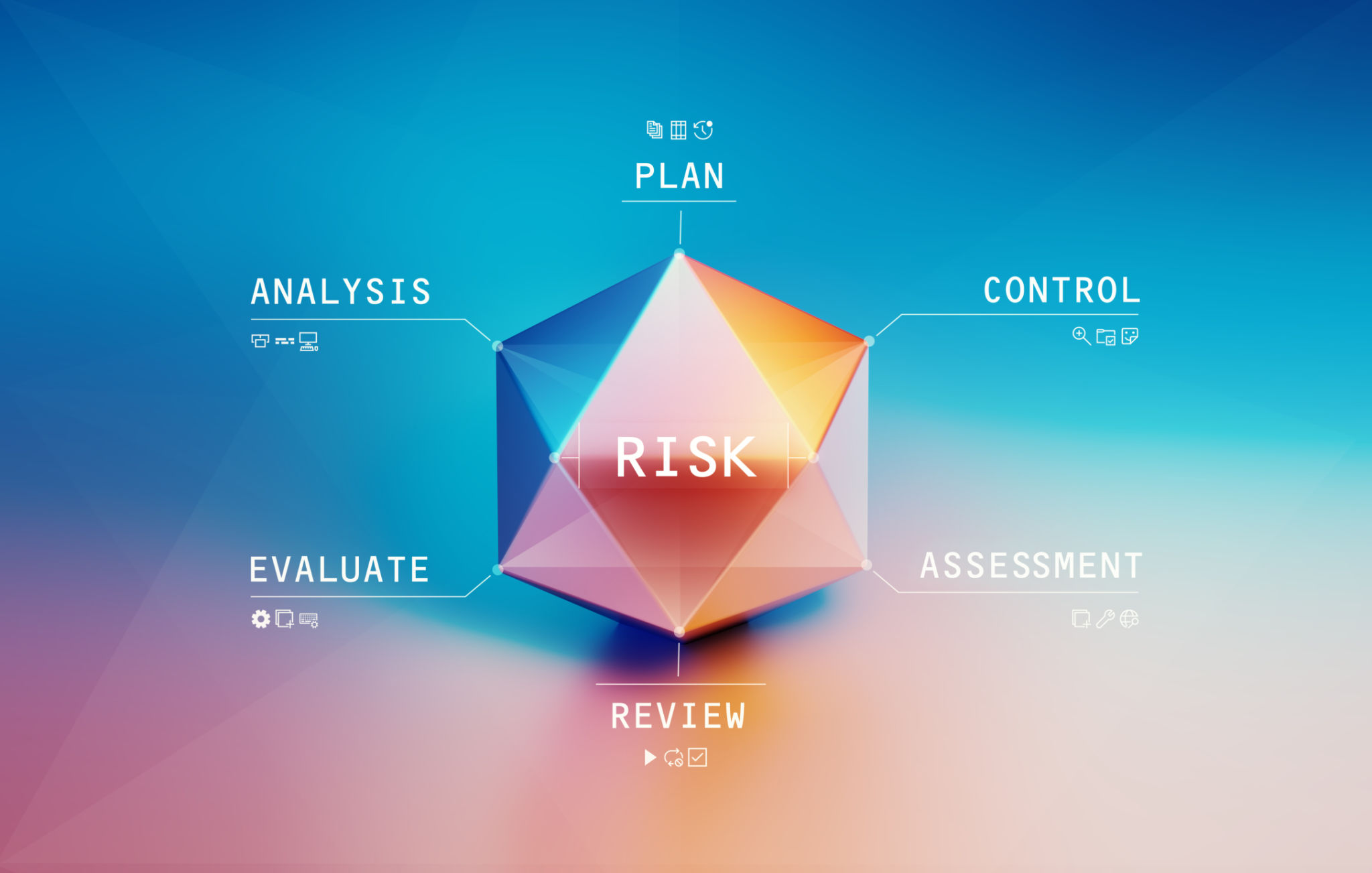Breaking Down Common Misconceptions About Private Equity
Understanding Private Equity: Debunking the Myths
Private equity (PE) often conjures a myriad of misconceptions. For many, it remains shrouded in mystery, leading to misunderstandings about its role and impact on the economy. By breaking down these common misconceptions, we can better appreciate the complexities and contributions of private equity.

Misconception 1: Private Equity Is Only for the Ultra-Wealthy
One of the most pervasive myths is that private equity is an exclusive club for the ultra-wealthy. While it's true that high-net-worth individuals often participate in private equity investments, they are not the only ones. Institutional investors like pension funds, university endowments, and insurance companies also play a significant role in PE investments, seeking to enhance returns for their stakeholders.
Moreover, private equity firms are increasingly creating opportunities for a broader range of investors through alternative investment vehicles. This democratization of investment opportunities allows more people to benefit from the potential high returns associated with private equity.

Misconception 2: Private Equity Firms Are Corporate Raiders
Another common misconception is that private equity firms are merely corporate raiders, focused solely on dismantling companies for quick profits. In reality, many private equity firms aim to create value by fostering growth, improving operational efficiencies, and repositioning businesses for long-term success.
Private equity firms often bring valuable expertise and resources to the companies they invest in. By applying strategic guidance, they help businesses innovate, expand into new markets, and enhance their competitive positioning. This approach not only benefits the companies but also their employees and the economy at large.
Misconception 3: Private Equity Is Riskier Than Other Investments
While it's true that private equity involves a higher level of risk compared to traditional investments like stocks or bonds, it also offers the potential for higher returns. It's important to understand that with proper due diligence and portfolio diversification, the risks associated with private equity can be effectively managed.
Many private equity firms have dedicated teams that conduct thorough research and analysis before making investment decisions. This rigorous approach helps mitigate risks and enhance the probability of successful outcomes. Additionally, the long-term nature of PE investments allows firms to weather short-term market fluctuations and focus on sustainable growth.

Misconception 4: Private Equity Negatively Impacts Employees
Critics often claim that private equity negatively impacts employees by cutting jobs to maximize profits. However, empirical evidence suggests that PE-backed companies often experience net job growth over time. Private equity firms typically invest in workforce development, driving productivity and innovation within the companies they acquire.
While operational restructuring may result in some job losses initially, the overall aim is to build stronger, more competitive businesses that can thrive and grow. This growth often leads to new job creation and improved employment opportunities in the long run.
Conclusion: A Balanced View of Private Equity
Private equity is a complex and dynamic field that plays a significant role in the global economy. By breaking down these misconceptions, we can see that private equity is not just for the wealthy, nor are its firms merely corporate raiders. Instead, PE firms contribute to economic growth, job creation, and innovation.
Understanding the true nature of private equity helps demystify the industry and highlights its potential benefits. As with any investment, it's crucial to conduct thorough research and consider the risks and rewards. With a balanced view, investors and the public can better appreciate the positive impact private equity can have on businesses and the economy.
